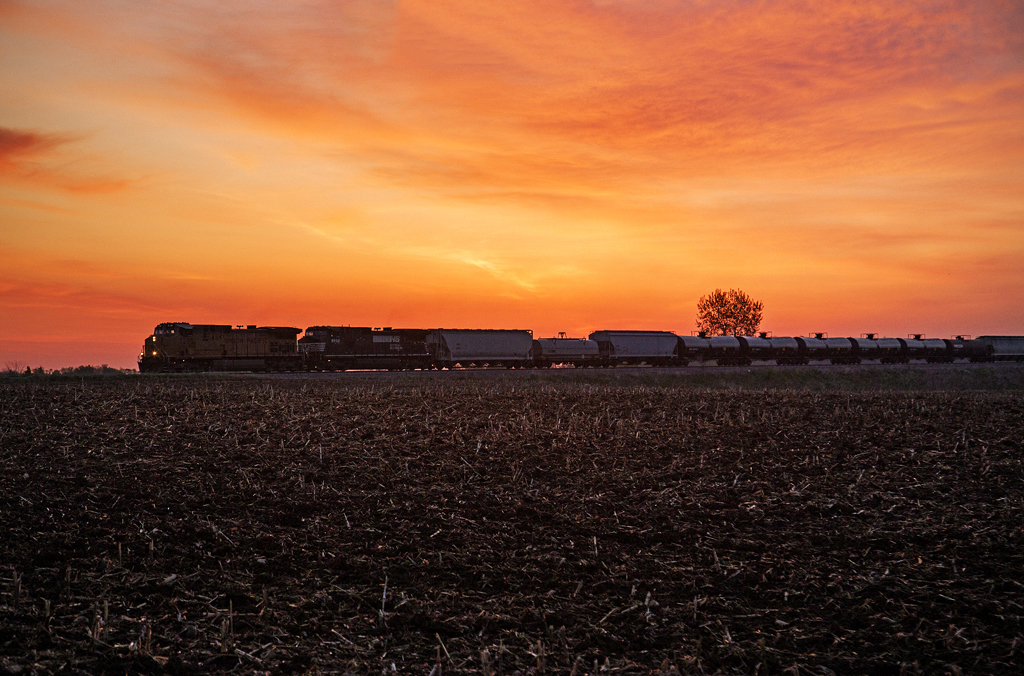
A Midwestern grain co-op west of Chicago has an abundance of soybeans piled high into silos with a processing plant eager to buy them across the border in Indiana. It’s a 300-mile haul. The company leases covered hoppers and transit times, including the Chicago hand-off, are palatable thanks to improved velocities.
But there’s the problem. The hand-off. The move originates on a western Class I with a line haul of 120 miles. The shipper pays money to have its railcars switched through Chicago before an eastern Class I moves them 180 miles to their destination. Three carriers at 300 miles.
Every railroad has a baseline cost for moving a railcar and railroads’ pricing systems dial in on those numbers, influenced by total miles, fuel consumption, wear and tear, and other measurements, to determine whether business is feasible or unprofitable. In theory, it’s an incremental carload to an existing manifest, but if the shipment doesn’t meet the threshold, it’s difficult to get the business across the finish line — or across the interchange.
Class I short-haul business is often not competitive, and customers know they see the most savings when railcars travel greater distances across Class Is. Trucks can move shipments across short distances using publicly maintained highways, while railroads maintain every mile. And there’s plenty of capital needs at big interchanges like Chicago, St. Louis, and New Orleans. I don’t fault railroads for calculating this cost into pricing; in fact, I believe truckers’ advantage to using public highways is often understated when comparing the two modes.
Ultimately, the grain co-op receives a pair of rates that are cost prohibitive, so now he or she looks for someone else to buy the bushels, casting a wider net in search of a buyer located along the same route as its serving carrier. But then it’s a competition with other farmers’ soybeans, or the fleet takes too long to cycle, hurting your overall profit-and-loss on those leased assets.
This theoretical scenario may not be a widespread issue affecting tens of thousands of potential new carloads, but I suspect shippers doing business with receivers 200 miles in either direction of Chicago likely crunch these numbers more than others.
Earlier this year, Trains author Bill Stephens reported on Class I railroads revisiting the topic of mergers [see “Some Class I railroads take a fresh look …,” Trains News Wire, May 12, 2025]. At that time, independent analyst Anthony B. Hatch said mergers are a hot topic in railroad boardrooms, second to tariffs, with U.S. transcontinental mergers a possible avenue to jump-start volume and earnings growth.
Mergers and acquisitions don’t move fast, as we’ve seen with the now two-year-old Canadian Pacific Kansas City, but are there different ways to broach this? Think of the Meridian Speedway partnership between CPKC and NS and CSX’s new partnership with CPKC involving the Meridian & Bigbee Railroad, creating a direct link between Mexico and the Southeast.
Is it time to look beyond the borders of railroads’ individual networks and forge new, creative partnerships that drive incremental volume, while lowering costs for the customer? It’s not entirely foreign. BNSF-CSX have a haulage agreement allowing BNSF to move its intermodal trains into CSX’s intermodal terminal in North Baltimore, Ohio. Other similar arrangements exist, but mostly in intermodal.
If Class I executives believe a U.S. coast-to-coast single line-haul solution is viable to carload growth and increased competitiveness, how can the industry go about it in the existing regulatory framework? Could we entertain the concept with expanded trackage rights or new overhead bridge traffic at existing interchanges where trucks have greater market share? What makes sense for customers?
I like the idea of Class Is working closer together and exploring these ideas. All six major railroads need to be aligned to manage the single biggest issue facing the industry — lost market share.
After all, a truck driver picks up a load in California, using public highways, and delivers it to Florida dealing with only a couple of people in the process. It’s not the same for railroads, but if we can figure out how to change that, we could start finding answers to market share growth.






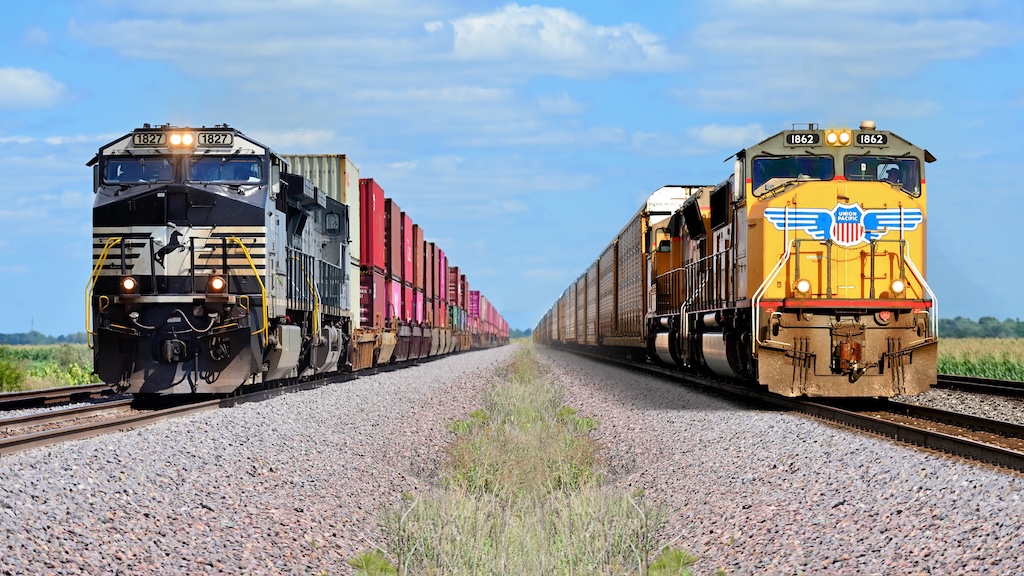
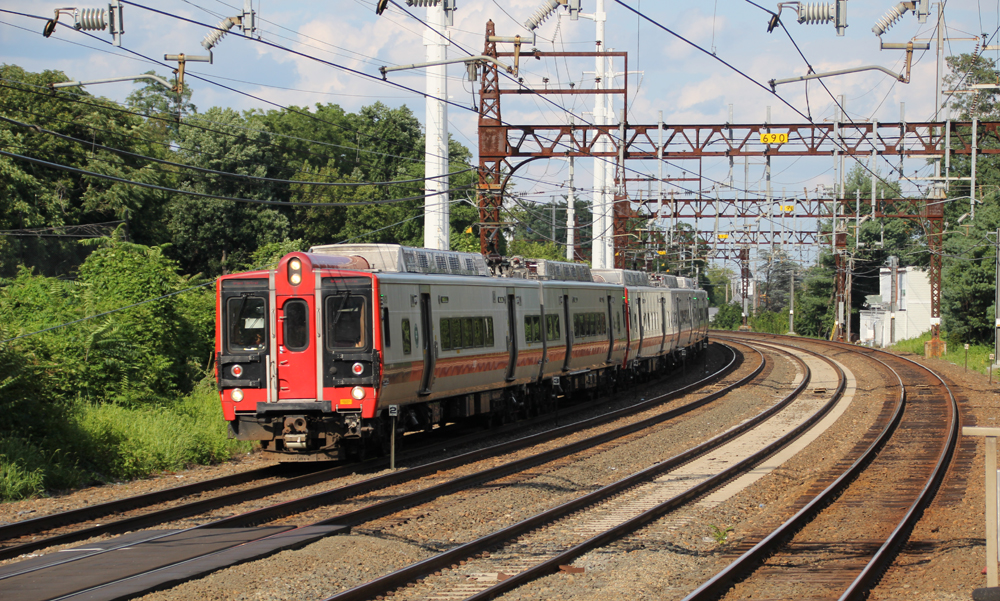

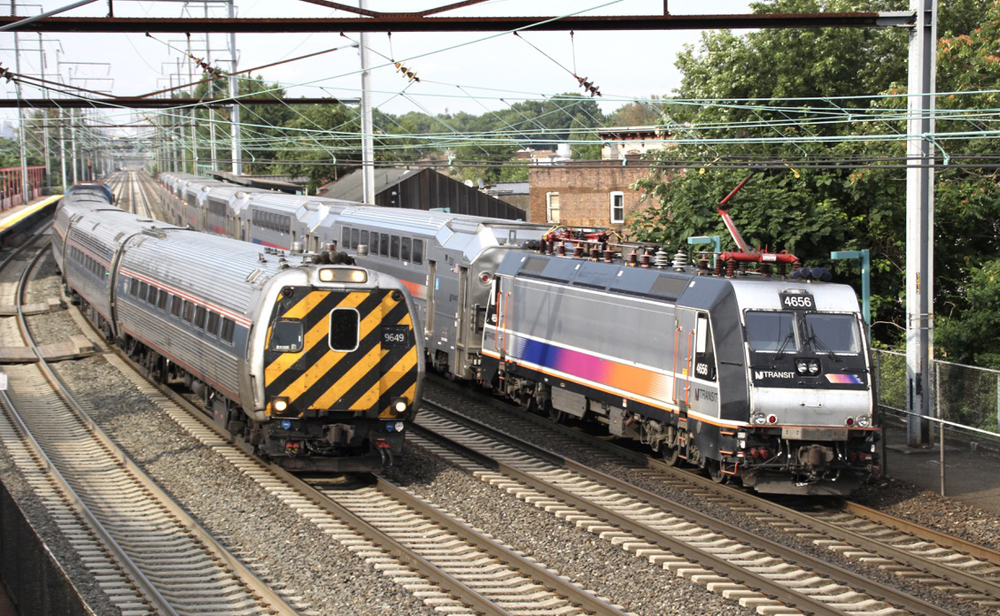
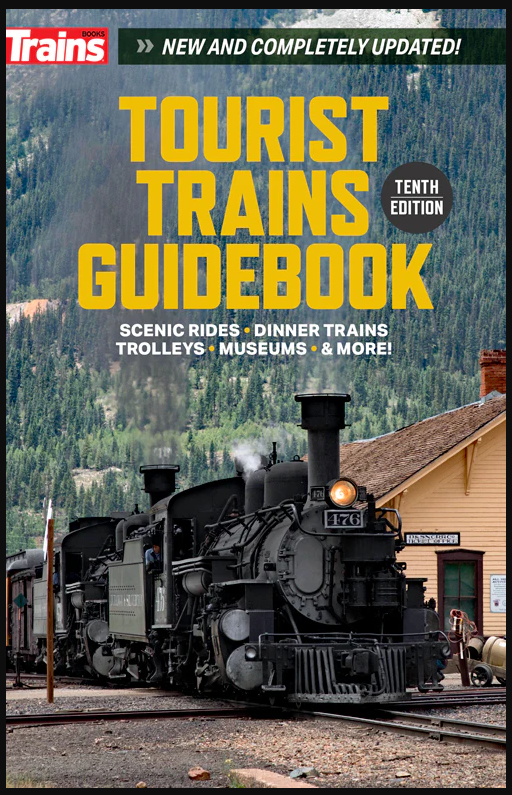
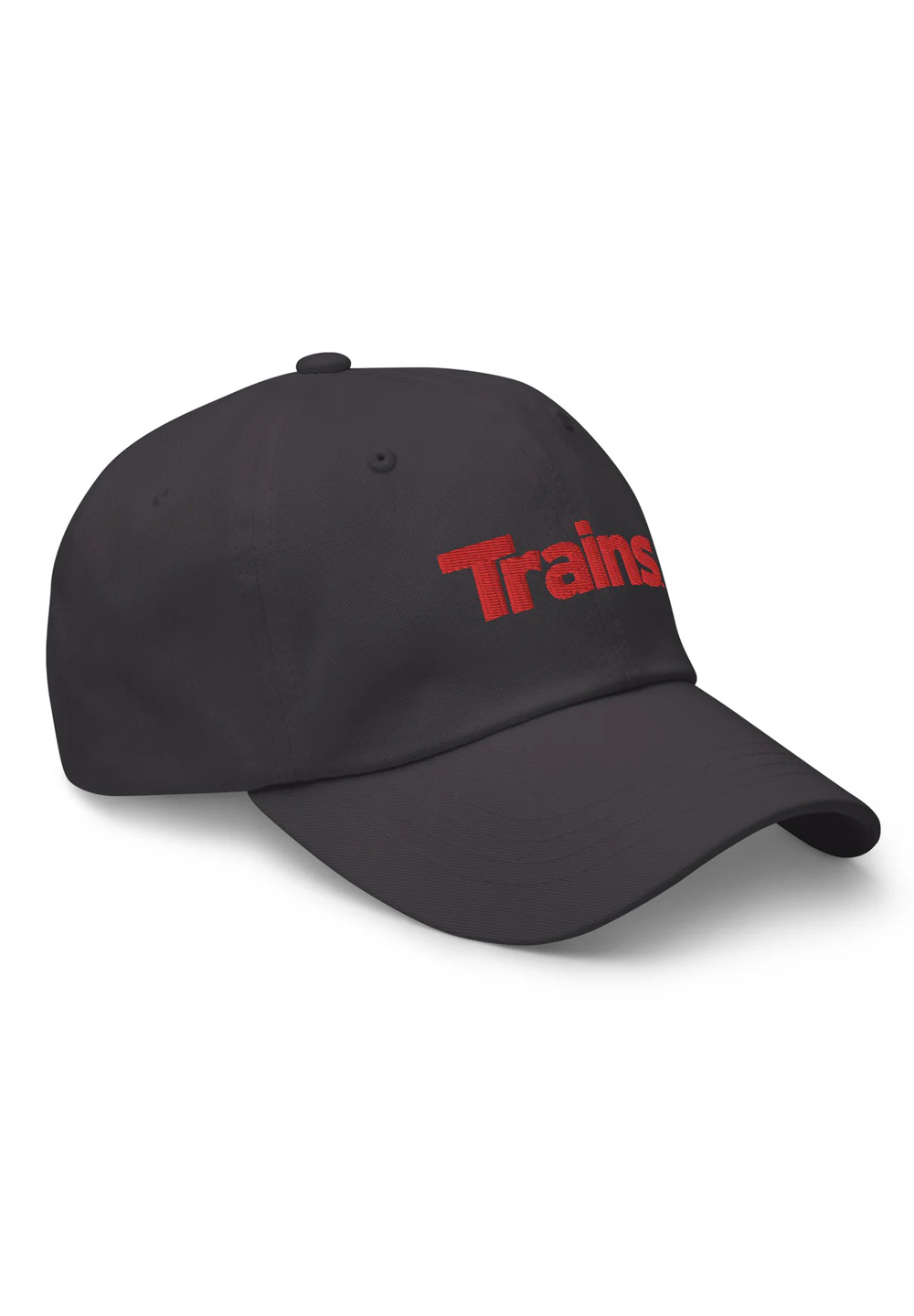
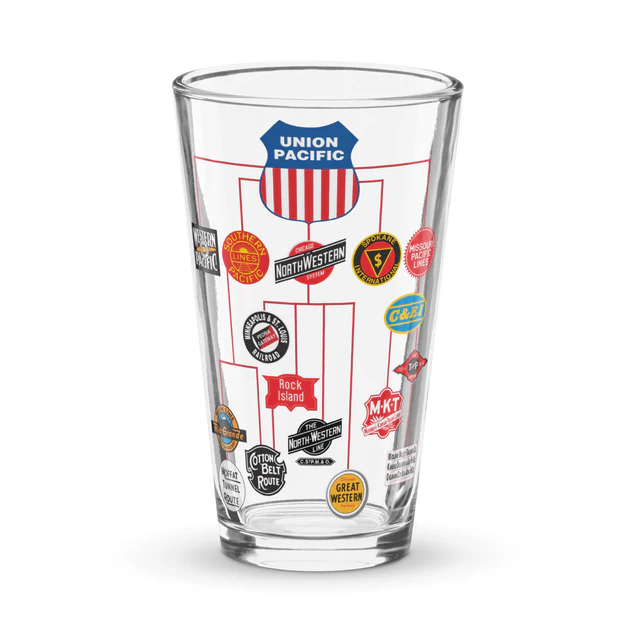
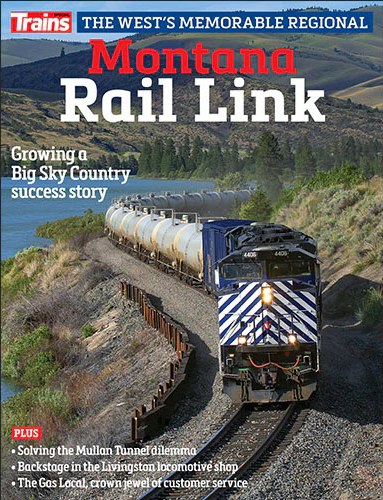
Boy, two outstanding comments, IMHO.
Vincent, see A and B
And the “bestest”, Michaels two plaques
As a customer service rep (retirement job) , I quit WHEN I could not do what Dad did in his building an international OEM company. As you can guess son and I did NOT see eye to eye.
No matter how good your product/service is, if you have no CS, I don’t want your product. Guess what, Dad didn’t have to advertise, his CS, by word of mouth in the industry sold his equipment. endmrw0715251210
Recall at SOU there were two desk plaque on the desk of every rep in every SOU sales office. First Plaque:
“It Can’t Be Done”. There was a slash placed across the “t”.
Second Plaque:
“The science of business is the science of service. He profits most who serves the best. To this end, It is better to do more than you promise than to promise more than you do.”
Look Ahead, Look South
The six railroads can’t move carload freight or short haul freight. So let’s merge them into two railroads that can’t move carload freight or short haul freight.
Railroads don’t pay fully for their R-O-W. Not a week goes by that there isn’t a story of railroads getting grant money (free) from the federal government or individual states.
Grant money id not free and comes with strings attached. Plus it must be applied for and justified, which justification can almost be rejected at any point in application process or even after the award is made. Most of the free money goes to short-lines who run on a s string anyway and always aren’t able to do the kind of maintenance that is required by the Class One’s. And almost all of the major grants to Class One’s are for projects which will improve safety in some form or another. The government understands the necessity to keep the rail system fluid, from smallest to largest…
or adopt uniform pricing across the industry so that service is the deciding factor, not price.
That could be a valid argument for just regular service in general. But Wall Street would oppose it. They want to force their hand onto every transaction they make whether it is good for the industry or not. I say if you want to improve service, (A) get rid of the current form of PSR which has at its very core obtaining maximum profit and not service, and (B) restrict purchases of stock into any utility (of which the railroads certainly are in form and function) to private individuals who must then allow the railroad (or its holding trustee where applicable) to vote their shares as they indicate. No more Ancora’s or Childrens Fund type corporate raiders who aren’t interested in the security of the railroad, only its assets to exploit. By doing so, Railroads would be run by railroaders and not only those interested in plundering what they can, even if it is bad for everyone else…